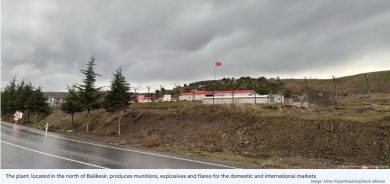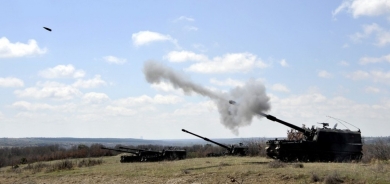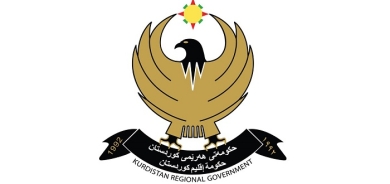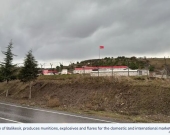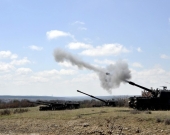Oil prices dive as U.S. considers record reserves release

Oil prices plunged on Thursday on news that the United States was considering the release of up to 180 million barrels from its strategic petroleum reserve, the largest in the near 50-year history of the SPR.
Brent crude futures for May fell $4.11, or 3.6%, to $109.34 a barrel by 0637 GMT. The May contract expires on Thursday and the most actively traded June futures were down $4.36 at $107.08, having earlier slid by more than $6.
U.S. West Texas Intermediate futures for May delivery fell $5.33, or 4.9%, to $102.49 a barrel after touching a low of $100.85.
U.S. President Joe Biden will give remarks later on Thursday regarding his administration's actions aimed at lowering gasoline prices that have risen to record highs since Russia began its invasion of Ukraine.
Such a release would help the oil market to rebalance in 2022 by increasing supply by 1 million barrels per day (bpd) for six months, Goldman Sachs analysts said in a note.
"This would remain, however, a release of oil inventories, not a persistent source of supply for coming years. Such a release would therefore not resolve the structural supply deficit, years in the making."
International Energy Agency (IEA) member countries are due to meet on Friday at 1200 GMT to decide on a collective oil release, a spokesperson for New Zealand's energy minister said on Thursday.
News of the potential U.S. release overshadowed a meeting set for Thursday between the Organization of the Petroleum Exporting Countries (OPEC) and allies including Russia. The group known as OPEC+ is expected to stick to its deal to increase oil production gradually.
The U.S. oil release could be effective in reducing wild volatility and curtail sharp upward movements, but prices need a long-term solution, said Avtar Sandu, a commodities manager at Phillip Futures.
Oil settled up around 3% on Wednesday as peace talks stalled between Ukraine and Russia, which calls its actions a "special operation".
Russia is the world's second-largest oil exporter and Western sanctions imposed as punishment for the invasion have disrupted flows from the country.
In early March the Biden administration said it would sell 30 million barrels from the strategic reserve as part of a global release of 60 million barrels to lower prices.
In November the United States announced a plan to release 50 million barrels from the SPR, mostly through exchanges where the buyer agrees to replace the oil later.
"If it turns out to be as much as that, it would be significant and so would certainly help to a certain extent to fill the shortfall, but not all of it," said Warren Patterson, head of commodities strategy at ING, referring to the 180 million barrels figure.
"Another key question is whether this volume would be part of a wider coordinated release. I guess we need to also see if this would be a straightforward release or an exchange."
The release comes after U.S. commercial oil inventories fell by 3.4 million barrels in the week to March 25, surpassing forecasts of a 1 million barrel drop. At the same time, implied demand for gasoline and distillates declined. read more
The slower demand came as U.S. production rose by 100,000 bpd to 11.7 million bpd after stagnating at 11.6 million bpd since early February.
Reuters

